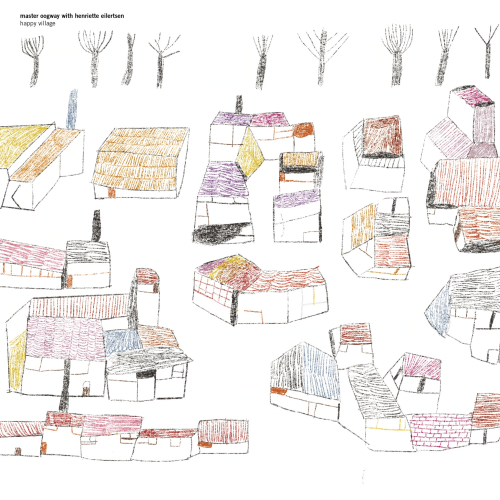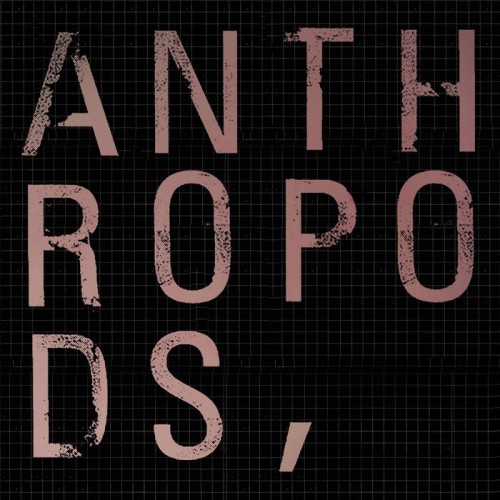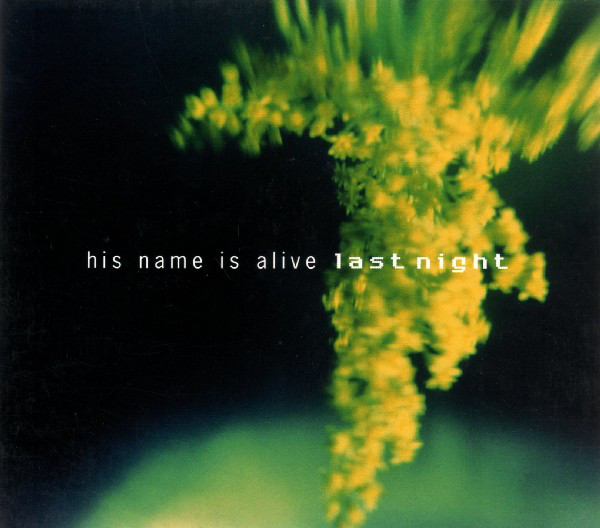 The Christian Wallumrød Ensemble has been trading through various line-ups for the best part of twenty years. After five albums with ECM, they arrived with Hubro and this is album number two for them after 2016’s Kurzsum And Fulger.
The Christian Wallumrød Ensemble has been trading through various line-ups for the best part of twenty years. After five albums with ECM, they arrived with Hubro and this is album number two for them after 2016’s Kurzsum And Fulger.
There has been no change of line-up since then, so the five players that currently makes up the group are clearly content in one another’s company, but also at a point where they are willing to push the other players where necessary, just a little nudge to see where that new direction may lead.
Many is like an exercise in restraint; the space that surrounds the sounds is an enormous part of the atmosphere. I was reminded in places of some of the first Tortoise album, not so much in the sounds, but in the awkwardness that appears at times. As if testing the listener, a repetitive motif may just play on, and when you are expecting it to end, it just doesn’t. Considering there are five players and each is credited with an instrument as well as electronics, the sound is amazingly uncluttered, the use of the latter being very spare.The album opens with this insistent, melancholic repetition, the bright sound of vibraphone rising above and standing out against the rushing patterns drawn behind. It evokes machinery cooling down and has that sporadic texture. The piano and vibes do a kind of duet on “50/80”, where there is a slow-motion sense of wonder that is helped by the organic sound of the harmonium. This is where the restraint kicks in and it feels as if the players are willing one another to take off or charge into the distance, but it never does. You find yourself hanging on every appearance of the two languid notes and when minor notes butt in, they seem almost jarring.
The awkward shuffle of Per Oddvar Johansen‘s drums prod at the trumpet on “Danszaal” as if daring it to make a break. It feels as though they have forgotten how to play a waltz and are studiedly re-enacting one as if from a broken memory, while the long slow descents on “Abysm” make me think of standing on some hillside somewhere watching aeroplanes dropping form the sky. There is a sense of hopelessness here that the harmonium tries to overcome. It is an odd thing, but the brief “Staccotta” made me think of The Birthday Party; where the staccato piano sounds unruly as things unwind and scatter behind it. It is the beauty of the album that the great variety in the atmospheres they try to reproduce is made all with this sense of listener anticipation. What could possibly be coming next, and how sparse can it be? The long piece of the album appears close to the end and “El Johnton” starts with an air of faded romance, the gentle tempo a mild groove that then disappears into an electronic wilderness. Here the ensemble come into their own, but even so, the restraint is palpable. They don’t shovel in effect after effect, aiming for cacophony; but rather the opposite, dropping the sounds in like pebbles into a pond, seeing how they decay and how the next object — which could be a piece of cloth or a feather — affects the previous ripples. At one point, I felt as if I had walked into a half-hearted cuckoo clock workshop and at another I could have been underwater. When the original motif breaks back in again, the reverie is broken and the album is nearly over.Closing track “Dialect” sounds like the band finishing one another’s sentences and drifts in a strange limbo until it is over. Many is a really beautifully worked and unique album with lovely clear production that highlights everything you need. A strange but compelling listen.
-Mr Olivetti-



